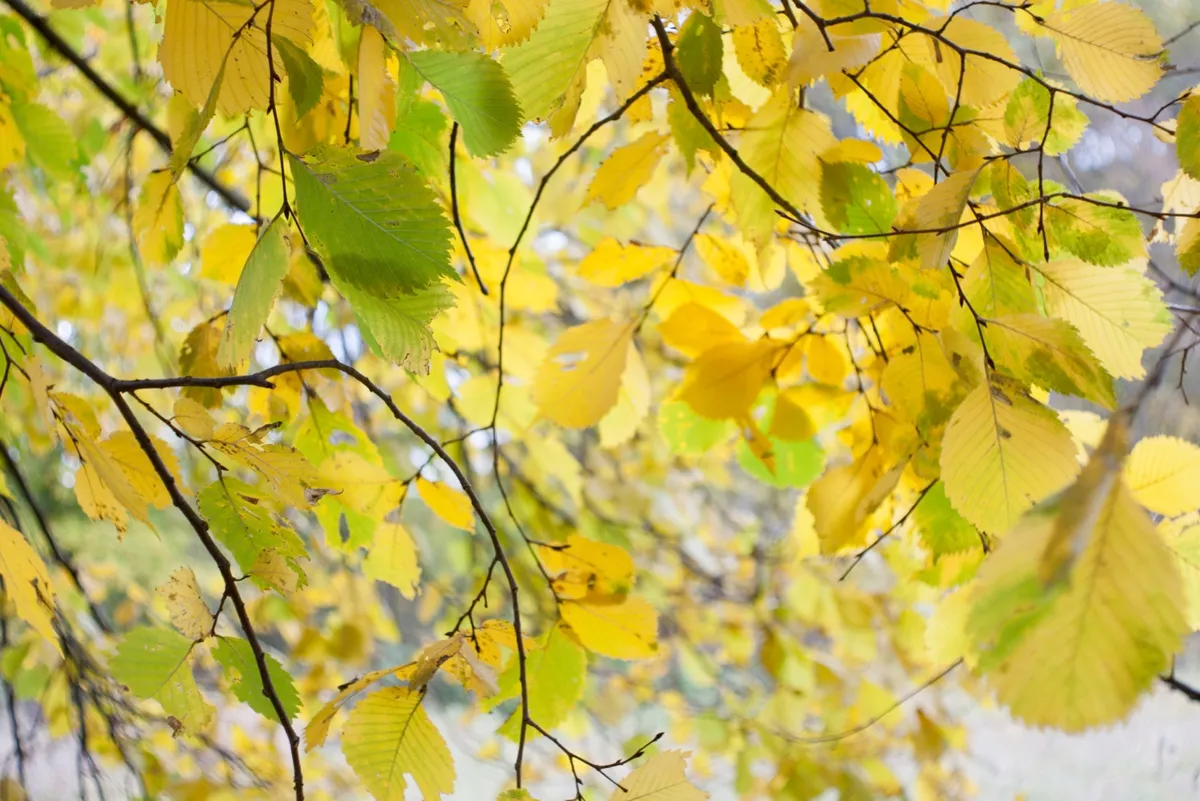Formed by meltwater from the retreating Ice Age glaciers, the deep Forge Valley is a woodland haven for plants and wildlife, and is easily explored on a riverside boardwalk that follows the course of the water.
In spring and summer there are many wildflowers to spot; autumn produces spectacular colour and winter highlights the structure of the trees. Take a walk through Forge Valley woods in North Yorkshire using our mapped walking route.

Forge Valley walk
3.9 miles/6.3km | 2.5 hours | easy-moderate
1. Old Man's Mouth
From the north-west corner of Old Man’s Mouth car park, go to the information board, which introduces some of the species you may see in the Forge Valley Woods National Nature Reserve. Beyond the board, go over the bridge on to the boardwalk. At the junction bear left. The boardwalk can be very slippery after wet weather, especially on this first, more-heavily-wooded section, so take great care.

The path winds alongside the River Derwent. The river here follows the meltwater gorge, though its route once went due east into the North Sea. Its route was blocked by an ice-dam, so it now flows inland before joining the River Ouse south-east of Selby. It is noted as one of the best examples in the UK of a lime-rich clearwater river, and it is home to a variety of fish, including grayling and brown trout. Otters have also been seen here.

The route passes a number of stopping and passing places, and three benches. After a mile it reaches a kissing gate into a meadow.
For those enticed by the promise of a county inn, continue on the path into East Ayton – there are two in the village: Denison Arms and Ye Olde Forge Valley Inn.
2. Forging through the valley
At this point, retrace your route. In the more open areas of the route, look out for plants such as the carline thistle, with star-shaped seedheads and brown spiky leaves, among the limestone grassland.
When you are almost back to the bridge, bear left along another section of boardwalk. This is slightly more undulating, but parts of it have been treated with anti-slip surfacing. The route again mostly follows the Derwent and at first takes you into a steeper part of the gorge.

Forge Valley gets its name from the small foundries set up here in the 14th century, which used iron ore from the North York Moors and smelted it with charcoal produced by burning the wood from the local forest. The woodland was coppiced to ensure a good supply – it is still possible to see where later coppicers cut their wood from the bases of the trees.
The valley bottom is dominated by marginal trees such as willow and alder, turning yellow and gold in autumn, while further up the slopes are ash and wych elm, with holly and rowan even higher. The boardwalk bends to pass meadowland before reaching a stile.

3. Birdlife
At the stile, turn and retrace the route back to the bridge, keeping a special lookout for the birds. Kingfishers nest along the banks of the Derwent, though you are more likely to spot heron, grey wagtails and dippers. The woodland supports a wide variety of bird species, including, blackcaps, treecreepers and nuthatches. You may also spot a lesser-spotted woodpecker, though you would be lucky to spot one of these elusive birds. Turn left back to return to Old Man’s Mouth car park.
Forge Valley map
Forge Valley walking route and map



